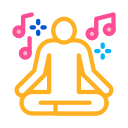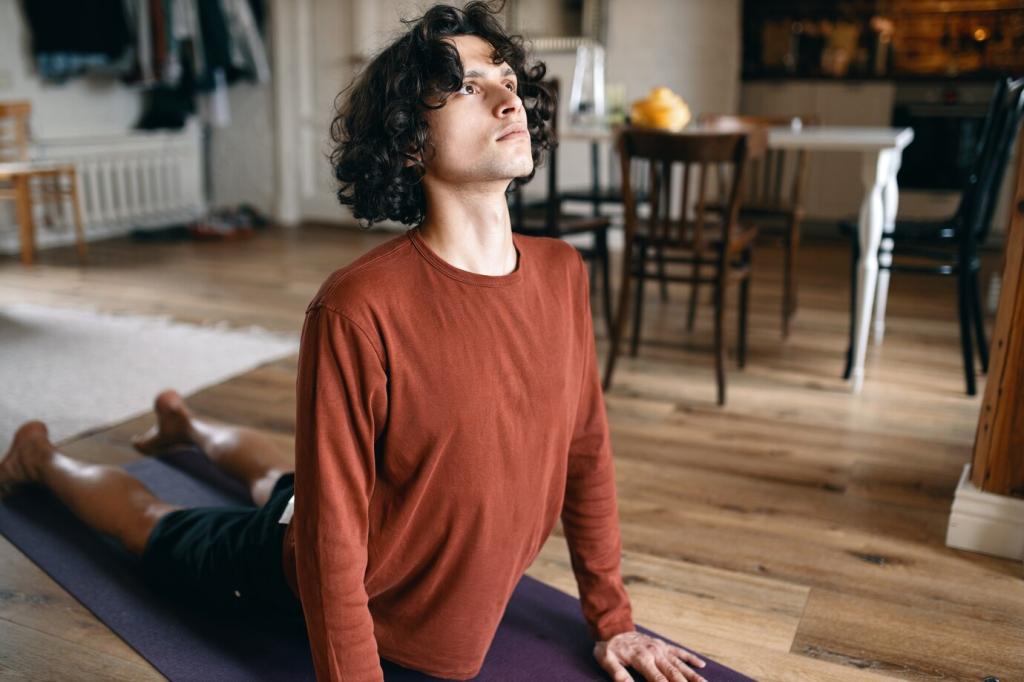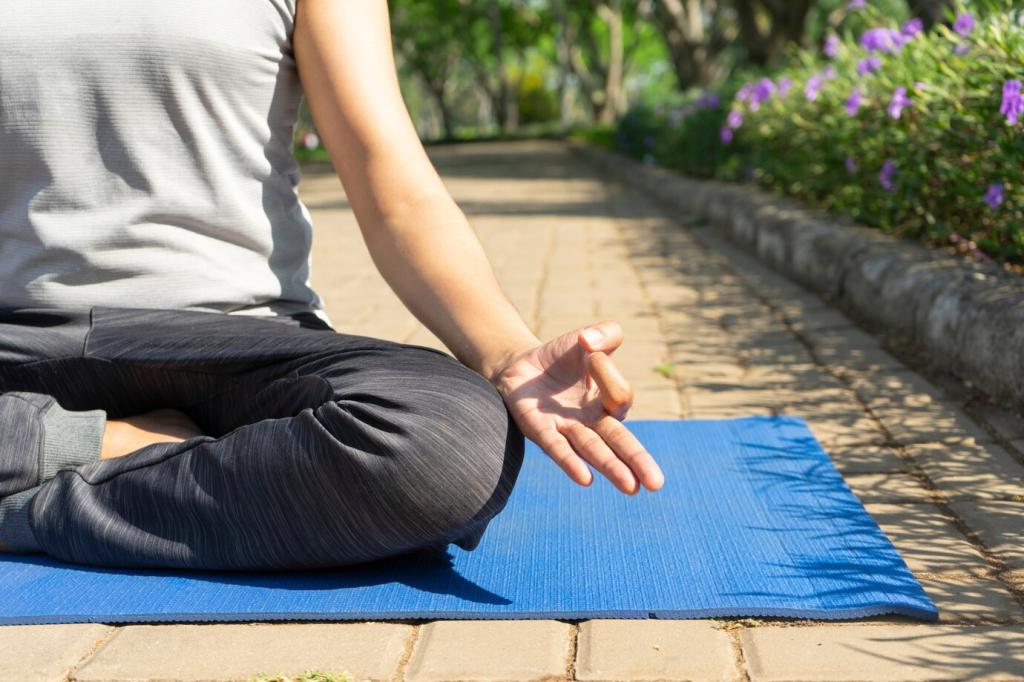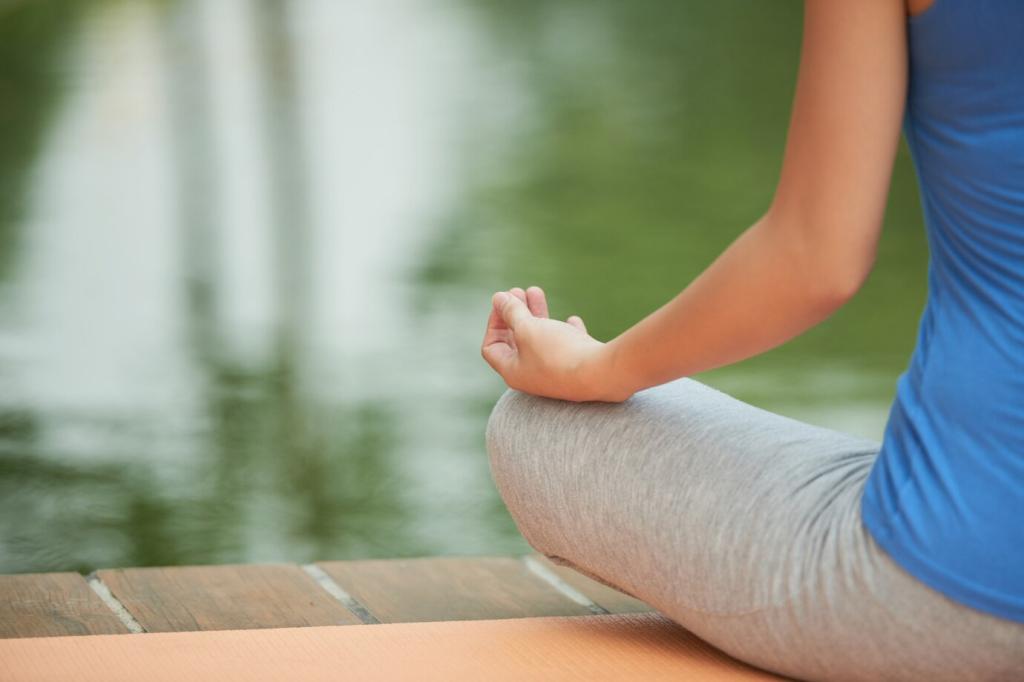Build Your Personal Sleep Meditation Plan
Pick one technique for two weeks—body scan, 4–6 breathing, or thoughts-as-clouds. Consistency teaches your brain that this practice equals sleep-time. Post a note near your bed or set a calm reminder. Share your choice below so we can cheer you on and trade helpful tweaks.
Build Your Personal Sleep Meditation Plan
Notice heart rate, jaw tension, and the length of your last exhale. Jot a quick score for calm before and after practice. Trends matter more than perfection. When you see progress, even subtle, motivation grows. Tell us which signal changed first for you; patterns help the whole community learn.
Build Your Personal Sleep Meditation Plan
Match duration to your evenings—five, ten, or twenty minutes. Pair the practice with cues you already do: brushing teeth, making tea, dimming lights. Test for a week, then adjust. If something feels heavy, lighten it. Comment with your iteration plan; small changes often unlock big rest.








